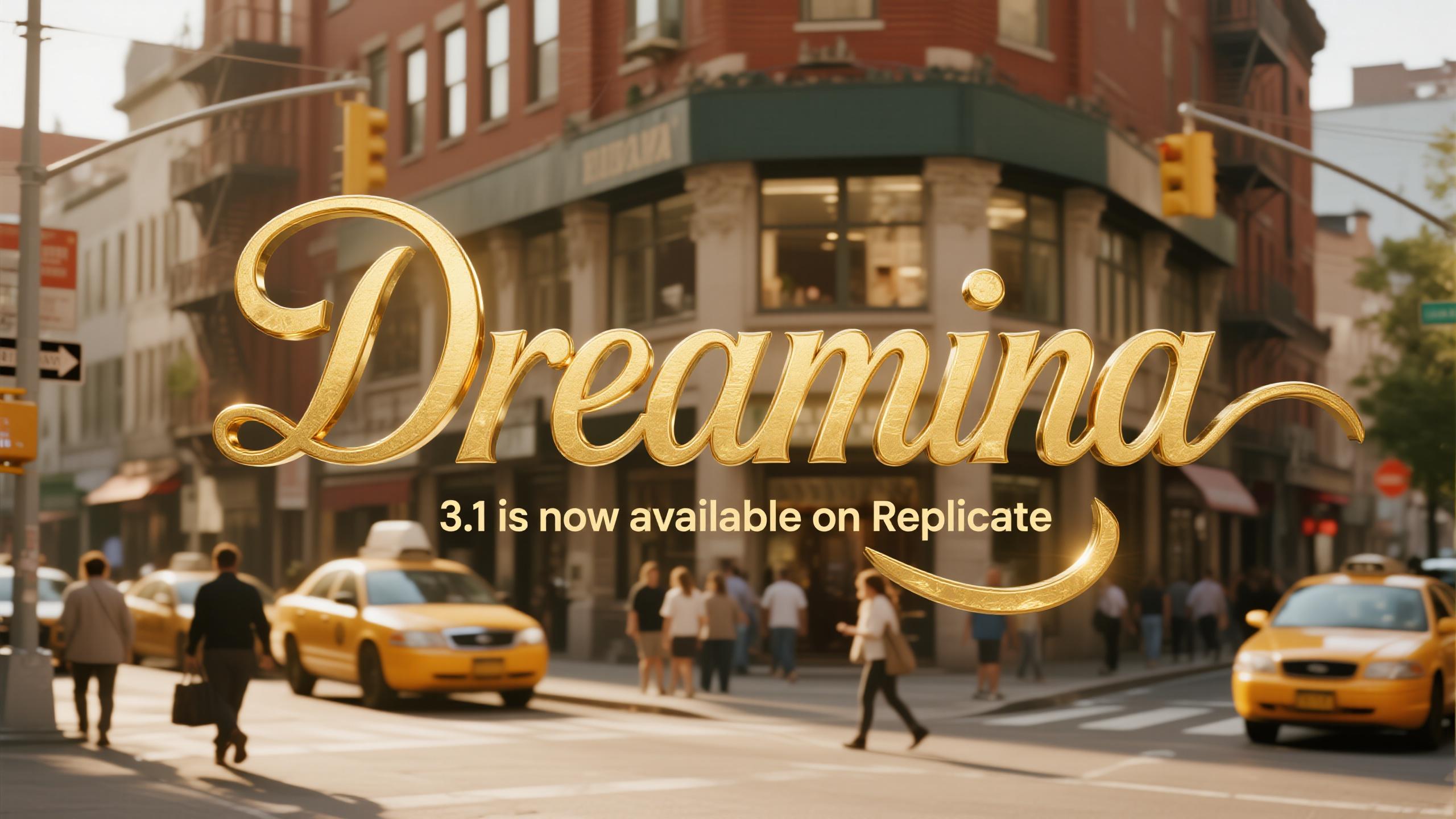Dreamina Text-to-Image 3.1 Model
This version focuses on enhanced visual presentation with significant improvements in aesthetic quality, precise style diversity, and image detail richness, while maintaining strong text rendering capabilities.
Model Capabilities
Professional Cinematic Quality delivers richer and more complete scenes with nuanced lighting layers that convey diverse visual information. The model excels at creating atmospheric depth and professional-grade visual storytelling across various photographic styles including underwater photography, portrait photography, and pet photography.
Precise Style Diversity enables accurate style control with clear visual characteristic expression. The model enhances variation across batch generations, providing diverse creative options. It demonstrates strong performance across artistic movements like Fauvism, detailed character portraits, and studio photography setups.
Commercial Applications
The model shows particular strength in graphic design and poster scenarios, with optimized handling of commercial image border issues. It supports various design aesthetics including acid design, product posters, and fashion poster layouts.
Supported Styles and Applications
Cinematic and Film Aesthetics
- Cinematic atmosphere generation
- Road movie aesthetics
- Western film styling
Photography and Portraiture
- Documentary photography
- Fashion photography
- Commercial photography
Artistic and Cultural Styles
- Traditional ink wash painting
- Chinese animation style
- Crayon illustration
Fine Art Movements
- Landscape painting
- Baroque styling
- Cubist interpretation
Graphic Design and Typography
- Split composition layouts
- Three-dimensional metallic typography
- Cute dimensional styling
Prompting Guidelines
The model responds best to coherent natural language descriptions of image content including subject, actions, and environment. Style elements such as color, lighting, and composition should be expressed as concise descriptive terms.
Text Enhancement Techniques
- Place desired text content within quotation marks to improve text generation accuracy
- Use original language terms or English expressions for specialized vocabulary
- Specify image purpose and type such as “PPT cover background” or “documentary photography”
- Maintain clarity while using concise prompts for optimal results
Recommended Prompt Structure
Effective prompts combine detailed scene descriptions with specific aesthetic directives. The model performs well with both comprehensive descriptions and surprisingly effective short prompts when expressed accurately.
Example Categories and Applications
The model supports a comprehensive range of visual styles organized into distinct categories:
Cinematic and Film Quality
- Cinematic atmosphere (电影感)
- Road movie aesthetics (公路片)
- Western film styling (西部片)
Photography Styles
- Documentary photography (纪实摄影)
- Fashion photography
- Commercial photography (商业摄影)
Trending Artistic Styles
- Ink wash style (水墨风格)
- Chinese animation style (国漫风格)
- Crayon illustration (蜡笔画)
Fine Art Aesthetics
- Landscape painting (山水画)
- Baroque style (巴洛克风格)
- Cubism (立体主义)
Graphic Design Applications
- Split composition (分割构图)
- Three-dimensional metallic bold typography (立体金属质感黑体)
- Cute three-dimensional style (可爱立体风格)
Detailed Prompting Techniques
Scene Description: Use coherent natural language to describe image content including subject, actions, and environment. Employ short phrases for aesthetic elements like style, color, lighting, and composition.
Text Enhancement: Insert desired text content within quotation marks (“”) to improve text generation accuracy.
Professional Vocabulary: Use source language or English expressions for specialized terminology to achieve more accurate results.
Image Purpose Specification: Clearly state the image purpose and type, such as “PPT cover background image” or “documentary photography.”
Concise Expression: Short prompts can achieve remarkable effects when expressed accurately and clearly.
Model Limitations
Performance varies with prompt complexity and specificity. Text rendering accuracy improves with proper quotation formatting but may still require iteration for precise results. Style transfer effectiveness depends on clear directive language and appropriate reference terminology.

